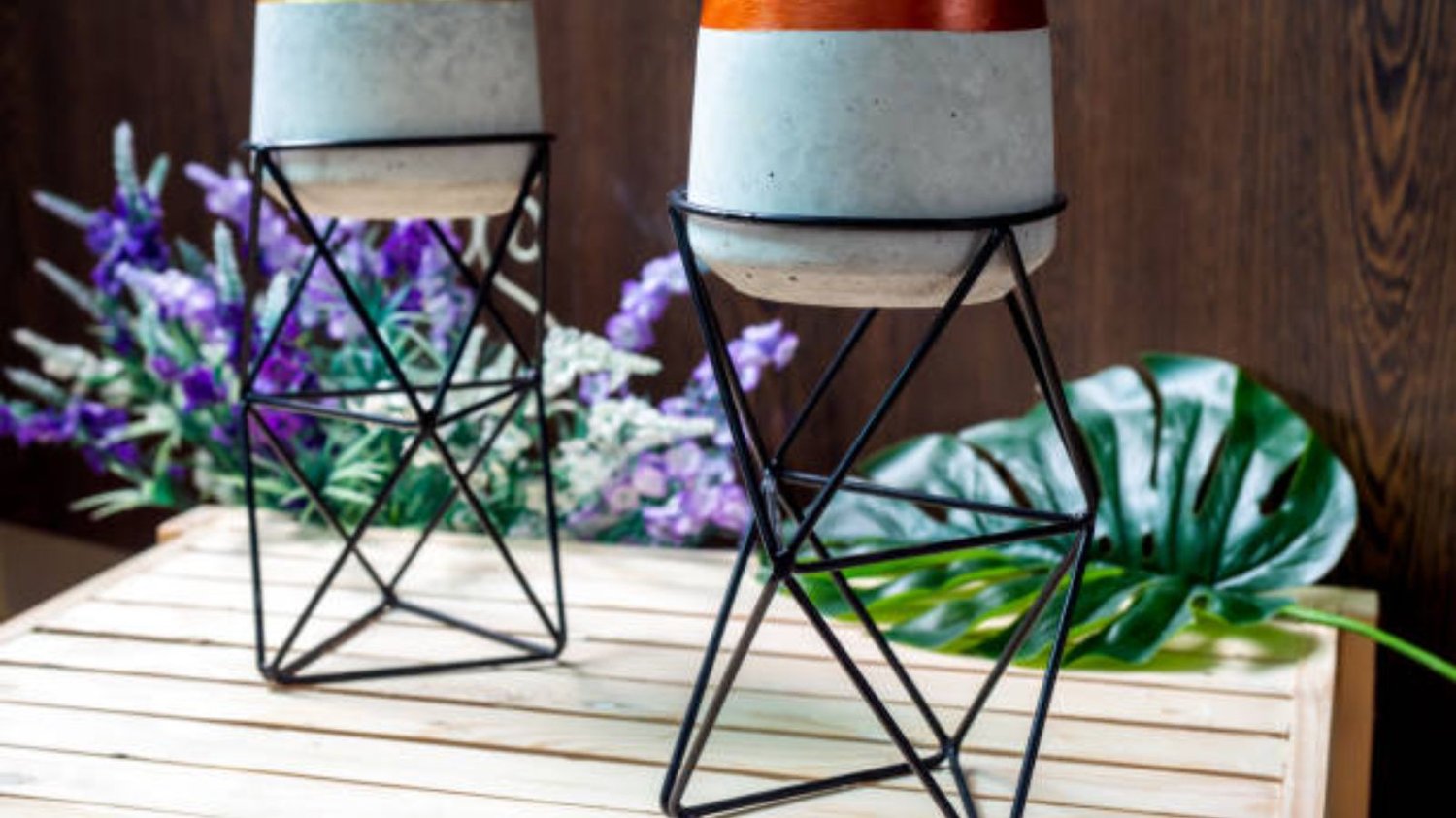A Brief Introduction to Flower Pots and Planters
When it comes to gardening and growing plants, choosing the right container is essential. Flower pots and planters are two popular options that gardeners often use to grow their plants. However, many people use these terms interchangeably, not realizing that these two options differ in a few significant ways. In this article, we will explore the difference between a flower pot and a planter, helping you make an informed decision when picking the right container for your plants.
The Size and Shape
The primary difference between a flower pot and a planter is the size and shape. Flower pots are often smaller and used for plants that only require a small amount of soil and space to grow. They come in various shapes, such as round, square, and rectangular, and are ideal for growing small plants like herbs, succulents, and flowers. On the other hand, planters are larger and are used for plants that require more soil and space to thrive. They are available in bigger sizes and often come in unique shapes, such as oblong, oval, and troughs.
The Material
Flower pots and planters come in different materials, such as clay, wood, metal, and plastic. Flower pots are commonly made using clay or ceramic, as these materials retain water better than other options. Planters are usually made using wood, metal, or plastic, and offer a more versatile option. Plastic planters are lightweight, easy to move around, and have good drainage. Wooden planters often have a rustic look and are suitable for outdoor use. Metal planters are stylish and come in various finishes, such as copper and bronze, to give a modern or industrial look.
The Drainage System
The drainage system is crucial for plants to thrive, and it differs between flower pots and planters. Flower pots often have a more limited drainage system, with only a few holes at the bottom for water to seep out. On the other hand, planters come with various drainage options. Some planters have drainage holes at the bottom, while others have an elevated bottom or come with a tray to catch excess water. This variation in drainage options makes planters ideal for planting larger plants that require adequate water drainage.
Indoor and Outdoor Use
Another significant difference between a flower pot and a planter is their suitability for indoor and outdoor use. Flower pots are mostly suitable for indoor use, as they are often smaller and more delicate, making them perfect for decorating indoor spaces. Planters, on the other hand, are more robust and larger, making them a great option for outdoor use. They can hold more soil and plants, making them perfect for creating a garden on a patio or balcony.
The Cost Difference
The cost of flower pots and planters can vary significantly, depending on the size, material, and design. In general, flower pots tend to be more affordable, while planters can be more expensive. This difference could be because planters require more material, which increases their cost. Additionally, the design of planters could even be more intricate, making them more costly than flower pots.
The Convenience of Movement
The convenience of movement is another significant difference between flower pots and planters. Flower pots are relatively lightweight and easy to move around, making them ideal for repositioning plants within a room or small garden. Planters, on the other hand, are more substantial and challenging to move, making them better suited for long term placement. However, some planters come with wheels or handles to move them more easily, but they still require more effort than flower pots.
The Impact on Plant Growth
The right container can have a significant impact on plant growth. Flower pots are ideal for small plants that don't require much soil or water to grow. They help keep the soil moist and warm, creating a perfect environment for such plants. Planters, on the other hand, allow plants to grow bigger, producing more foliage and flowering due to more space and soil. They provide better drainage and allow for more extensive root systems, leading to a bolder plant growth.
The Maintenance Difference
The maintenance of flower pots and planters differ based on their material. Flower pots made of clay or ceramic require more maintenance, as they are prone to breaking and cracking if mishandled. Additionally, they need more frequent watering, as their material tends to absorb more water. Planters, on the other hand, come in material like plastic, which is easy to clean and almost unbreakable in comparison. Wooden planters, however, require more maintenance, as they can rot and decay if exposed to moisture over time.
The Style and Design Difference
Finally, flower pots and planters differ in their design and style. Flower pots are available in various materials, designs, and colors, and are ideal for indoor decor. They offer a classic look and add charm to any interior design. On the other hand, planters come in a range of unconventional designs and are useful for creating focal points in outdoor areas. They offer a more modern touch and can be used to showcase unique plants or add edge to any landscape design.

